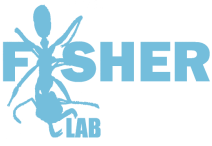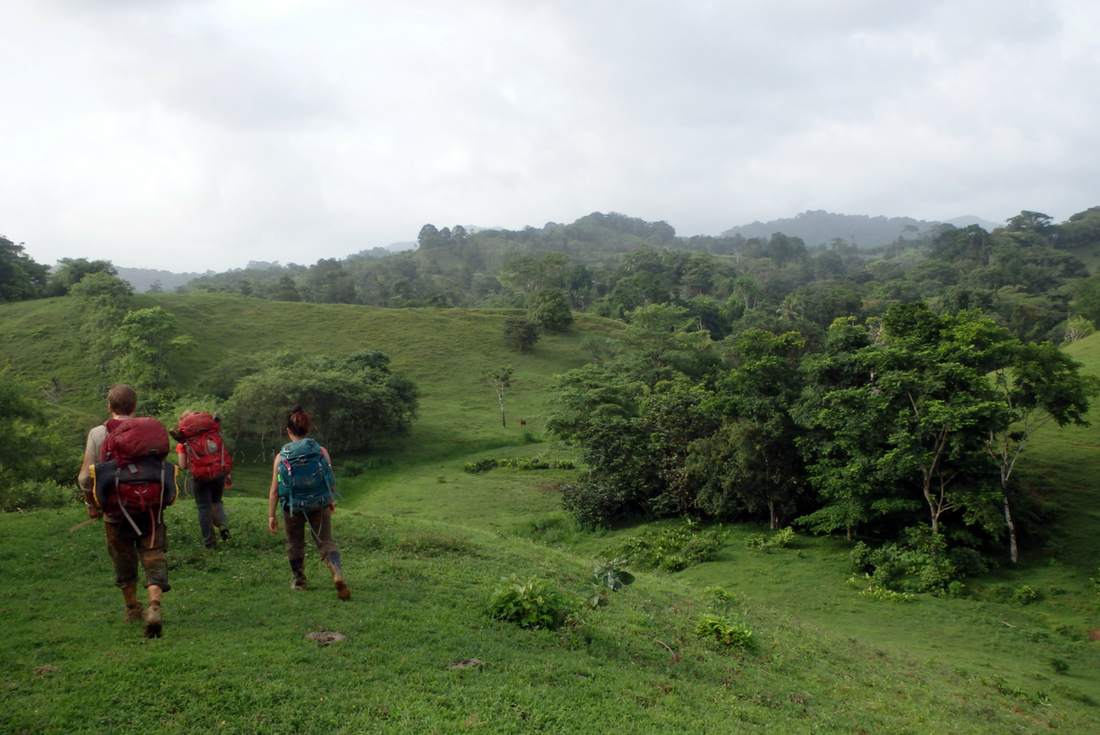Weebly is hard to edit from the field, so we are using Open-explorer to share journal entries. Our Project will be backed up here after the trip, but for now, check out the latest blog entries at our Open-Explorer Expedition page.
Open-Explorer Realtime Field Journal
Open-Explorer Realtime Field Journal


 RSS Feed
RSS Feed